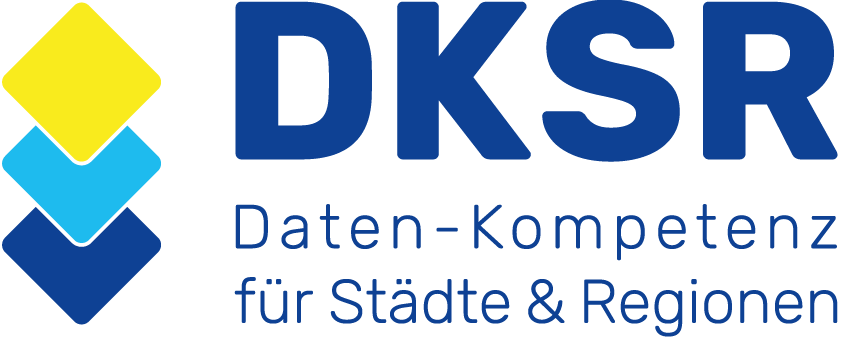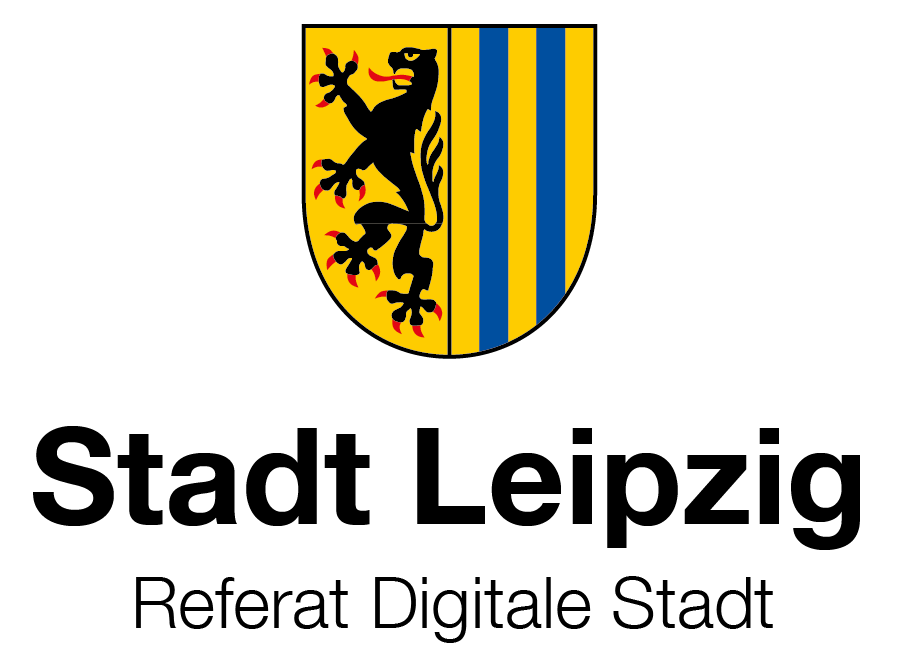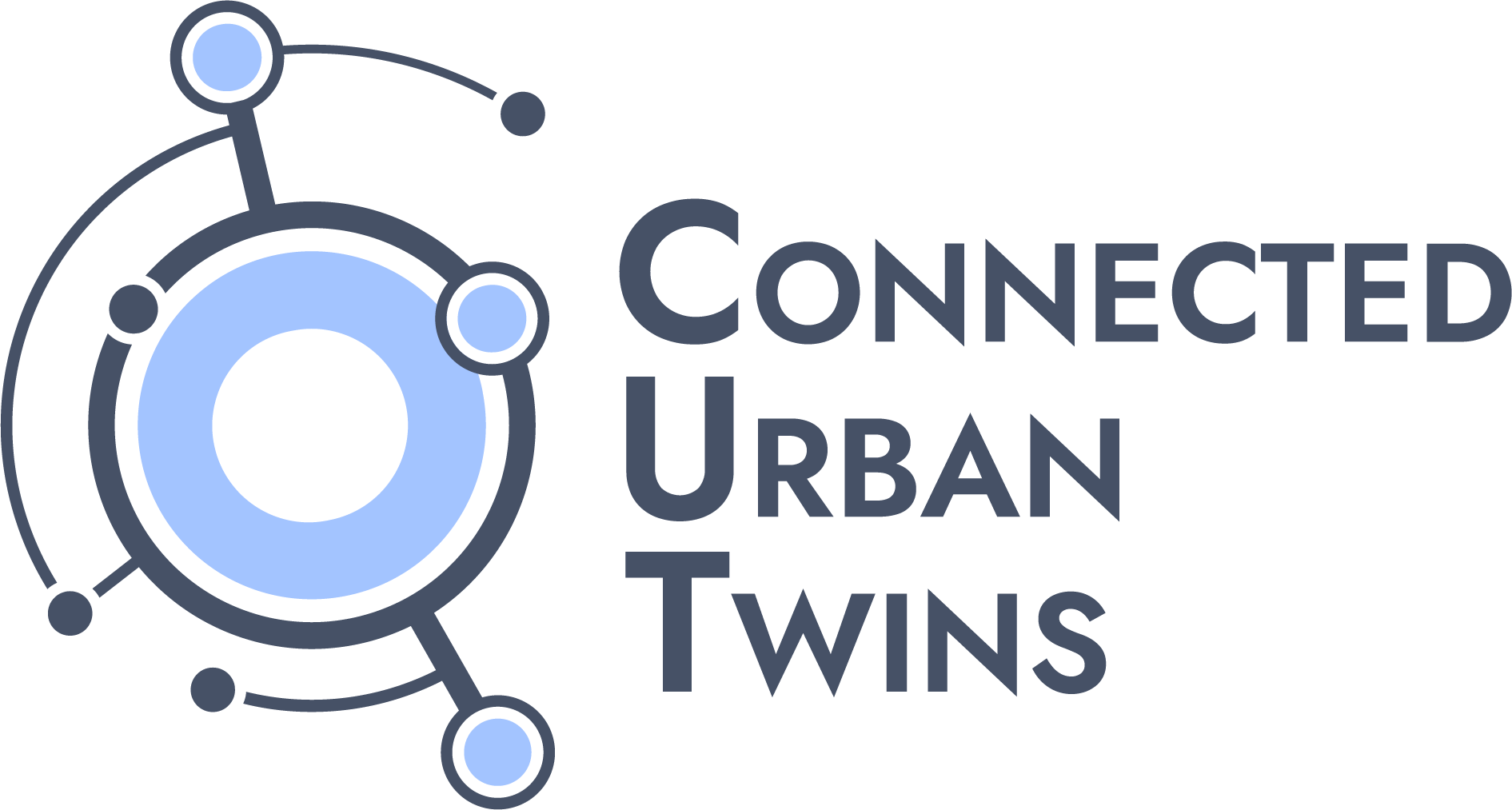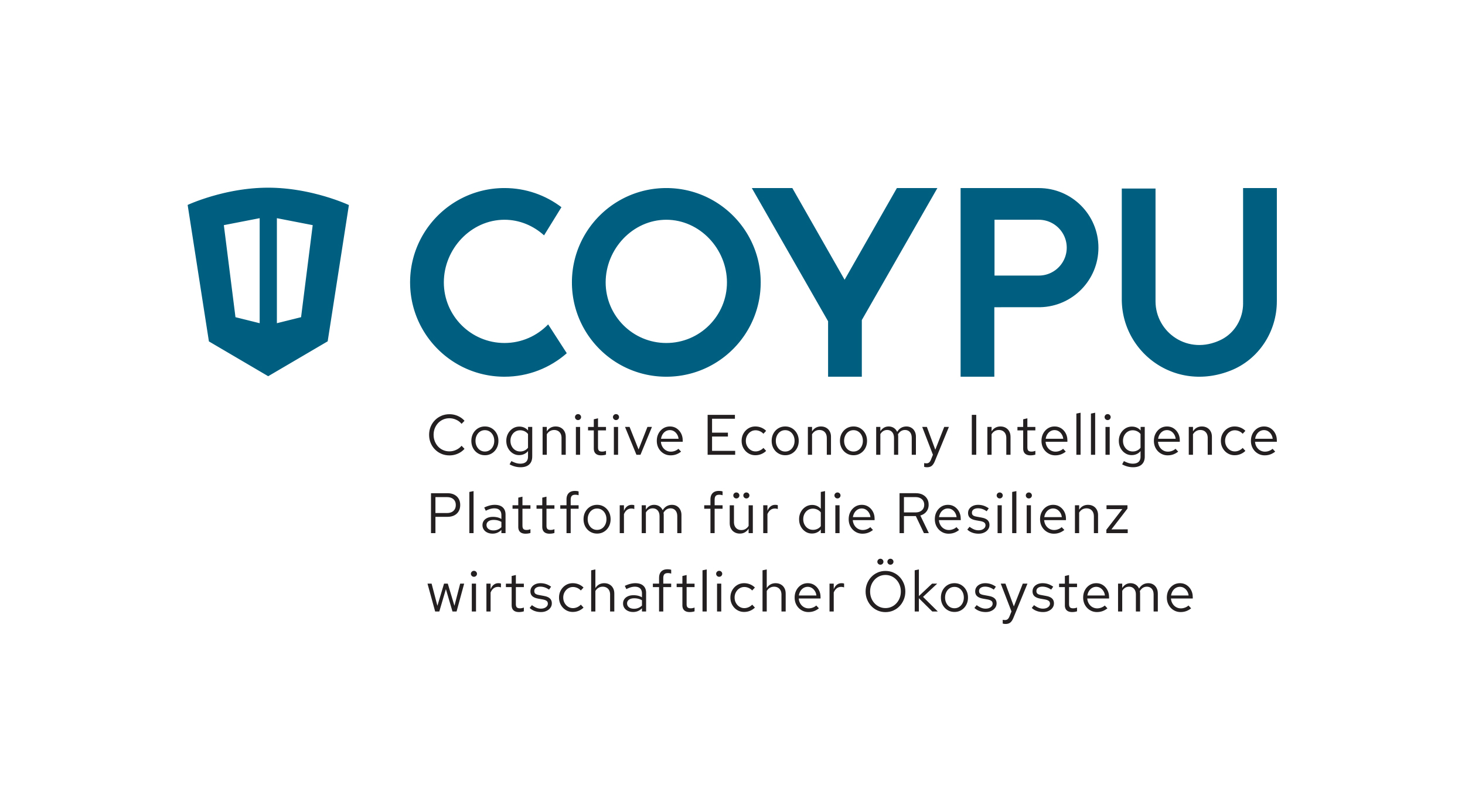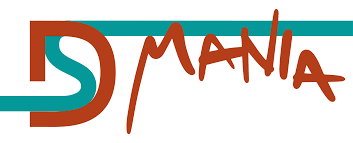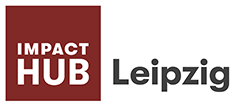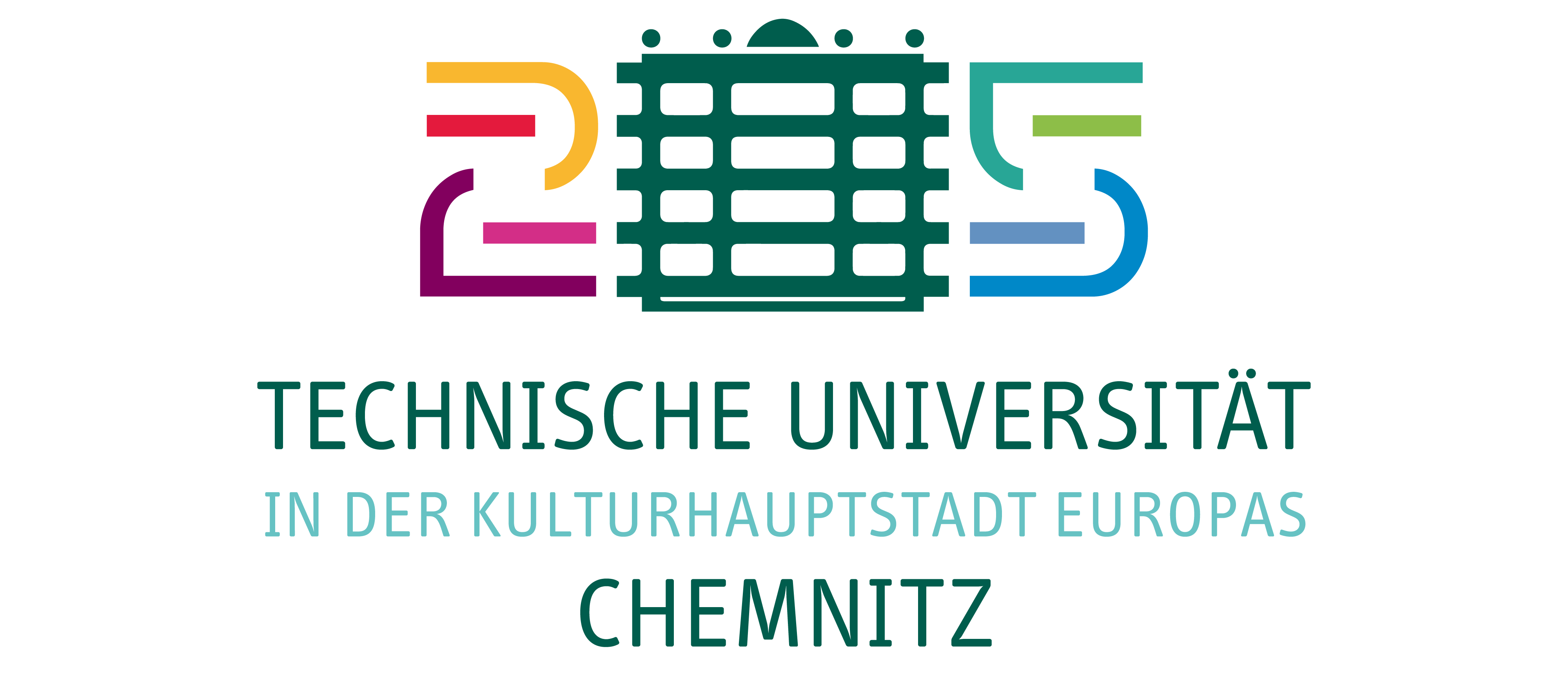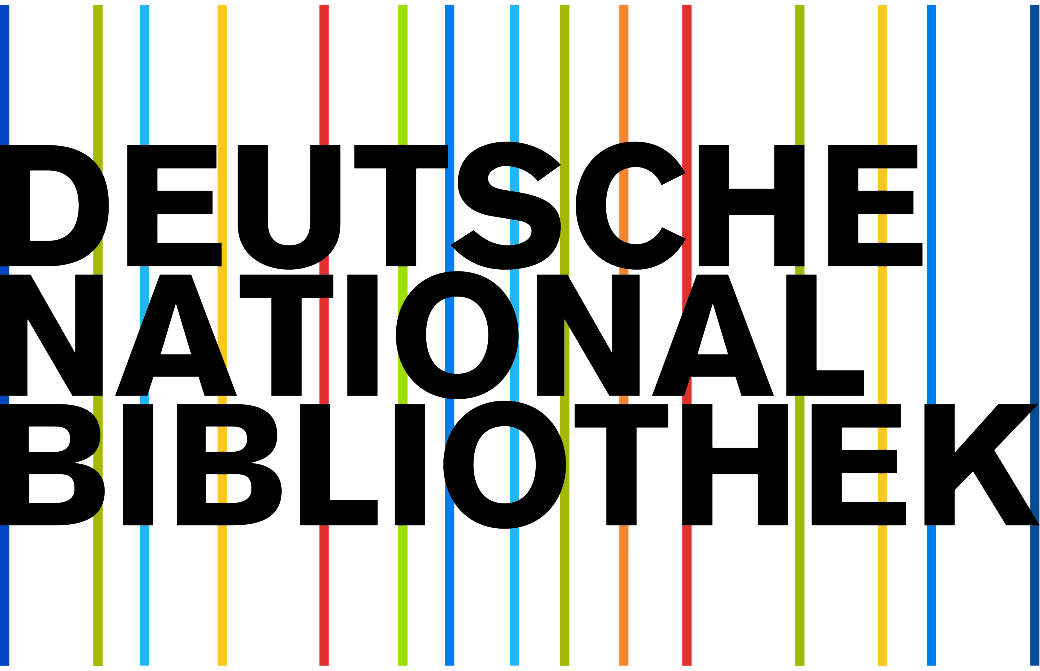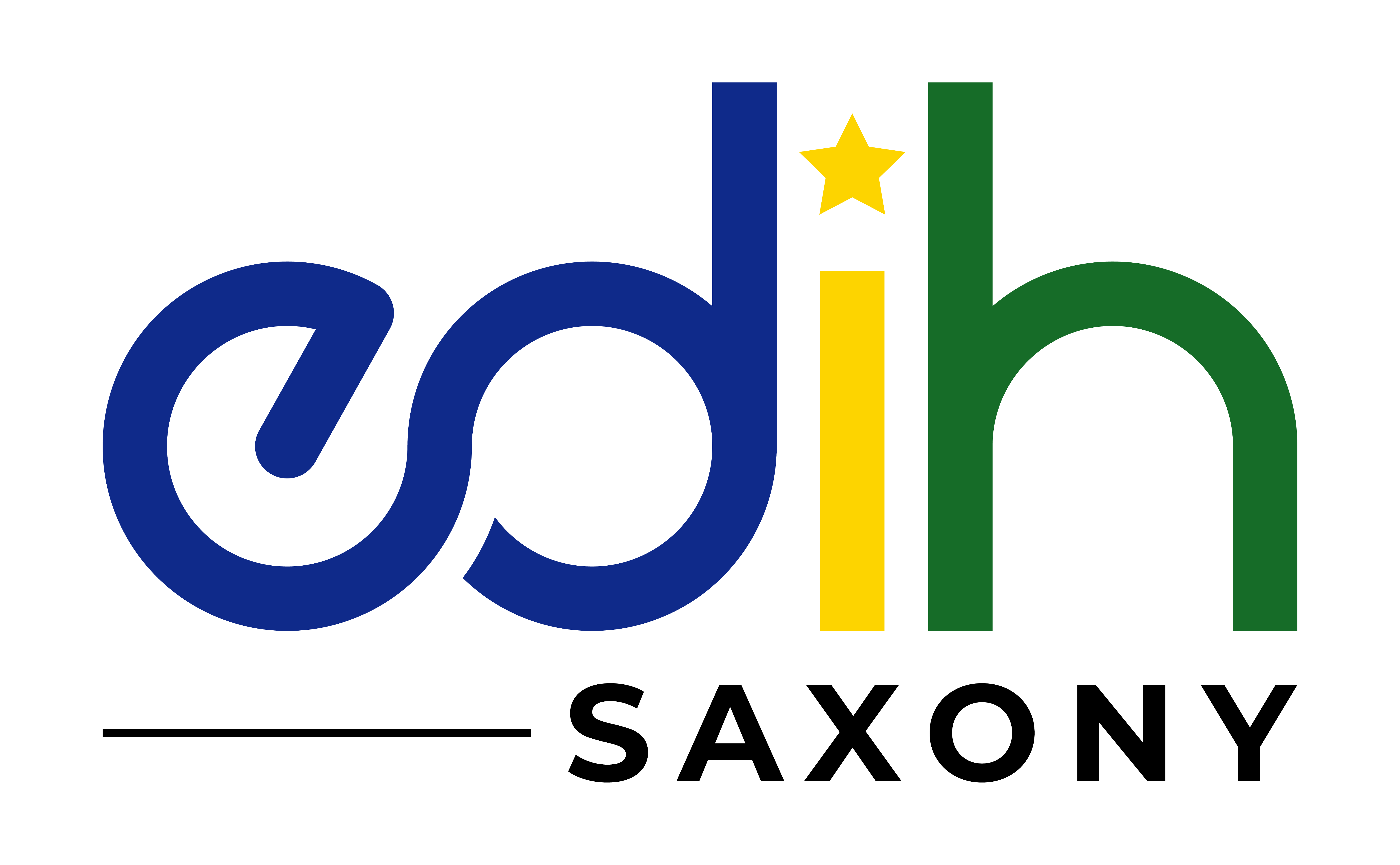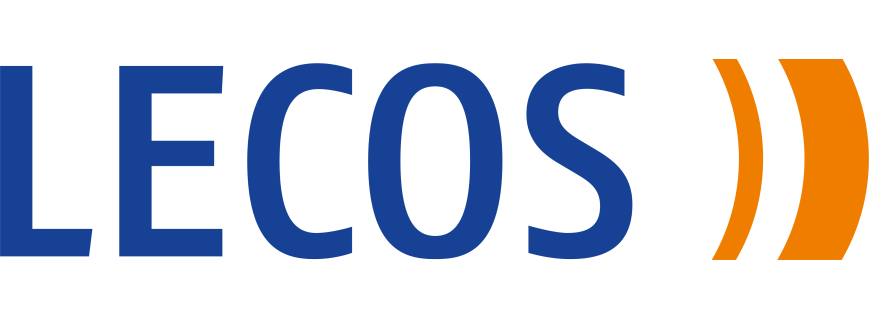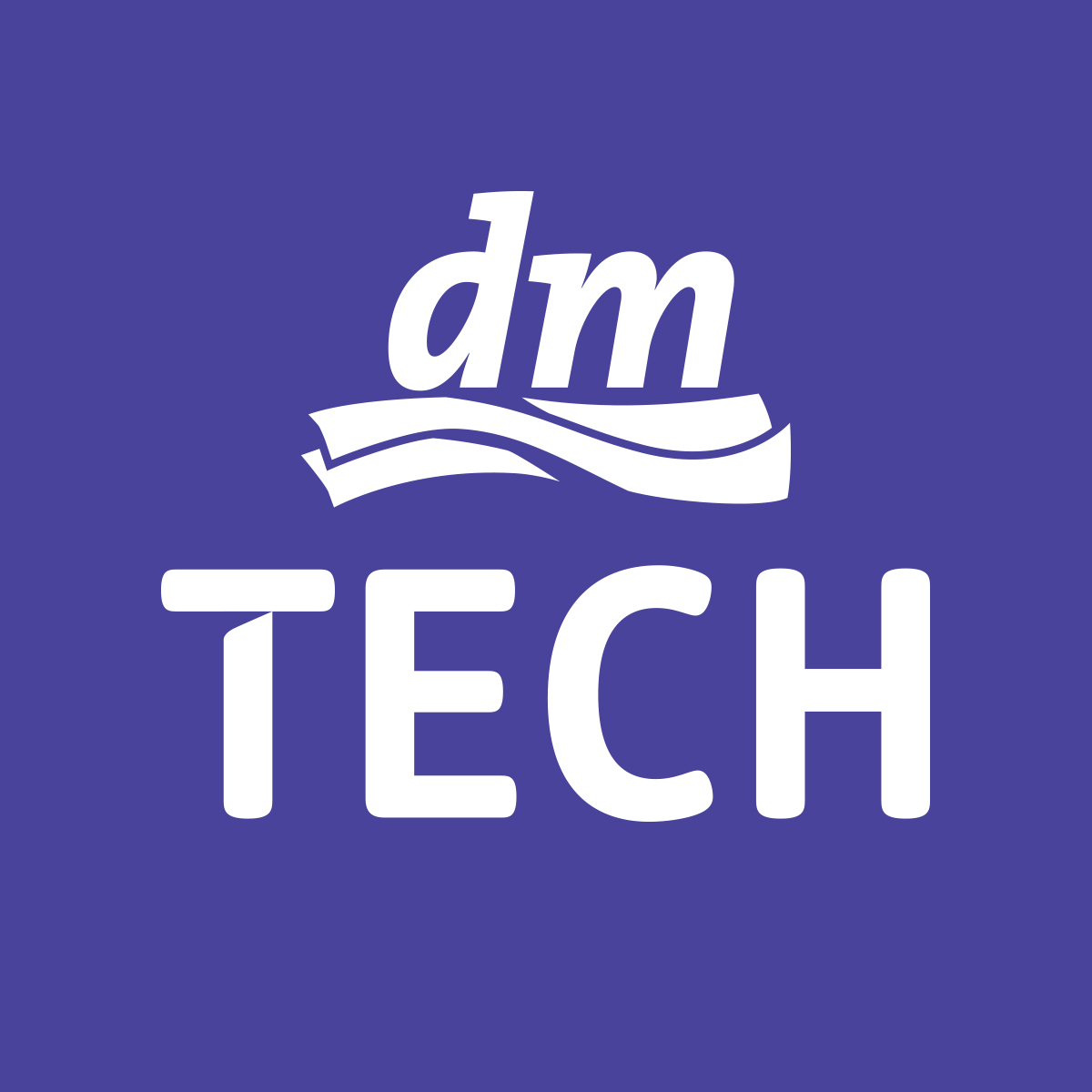The Program
08:45
Admission
- | Wandelhalle |
10:30
Coffee break
- | Wandelhalle |
Posters and Stands
11:00
Urban Data Summit: Data, simulations and tools for sustainable change in neighborhoods, cities and regions
- | Room 495 | German
-
Dr.-Ing. Elias Pajares (Plan4Better GmbH): Tool presentation/workshop A: GOAT-Workshop: Making spatial and mobility data usable for integrated and collaborative planning
The WebGIS-based open source planning software GOAT was created as part of a collaborative development between science, planning practice and start-ups. As a tool, it can calculate a wealth of sophisticated indicators, particularly for the evaluation and simulation of accessibility, supply quality and travel times to important destinations for daily needs. For example, what is the situation regarding the provision of schools, supermarkets or green spaces or the quality of public transport in the various cities and regions in Germany? For these and many other questions, GOAT can be tested collaboratively in the workshop in interaction with the integrated data in small groups for any area. The results should provide direct added value for the participants and give an impression of data-based planning. Further information: https://bmdv.bund.de/SharedDocs/DE/Artikel/DG/mfund-projekte/goat-3-0.html https://plan4better.de/ https://ioer-fdz.de/en/
-
Reinhard Schinke: Tool presentation/workshop B: Flood prevention at a glance: The FLOOD.Bi information tool
FLOOD.Bi is a WebGIS tool on the subject of flooding and damage reduction to buildings. It provides a comprehensive overview of property-related hazards, potential damage and risks as well as the effect of preventive measures. It is primarily aimed at building owners, specialist planners and engineering offices in order to make an initial assessment of the affected buildings and to support the selection and implementation of preventive measures. In conjunction with a concrete structural survey on site, engineering planning and professional implementation, the majority of flood damage can be effectively reduced or avoided. The tool is based on the engineering model approach developed by the IOER, which identifies potential flood damage on the basis of building types. The special feature of this tool is the linking of the type-based approach with individual information on building construction and building services, so that concrete proposals for damage reduction measures can be developed. The tool can be accessed via the data portal of the Saxon State Office for the Environment, Agriculture and Geology. It is available throughout Saxony and for the Czech districts of Karlovy Vary, Ústí nad Labem and Liberec. https://lsnq.de/FLOODBI
-
Dr. Ramona Voshage (Leibniz-Institut für ökologische Raumentwicklung (IÖR)): Brief presentation of the Research Data Center of the Leibniz Institute of Ecological Urban and Regional Development
The Research Data Center of the Leibniz Institute of Ecological Urban and Regional Development (IOER) offers cross-scale and cross-departmental, high-resolution object and spatial data, simulations and tools for selected topics on land use, settlements, buildings and ecosystems. The focus is on regional developments in Germany, while selected aspects are also considered on a European and global scale. The services support spatial decision-making processes and are aimed at stakeholders in research, politics and administration, business and civil society at all levels. To begin with, the IOER-FDZ’s current range of services will be presented, followed by two tools, GOAT and FLOOD.Bi. Further information: https://ioer-fdz.de/
12:30
Lunch break
- | Wandelhalle |
Posters and Stands
13:30
Urban Data Summit: Smart City solutions with data from the Mobility Data Space
- | Room 495 | German
Michael Birlbauer
(Mobility Data Space)
The smart use of data is the key to innovation in mobility. In order to develop new, better smart city services from data, the necessary data must be available, the right partners must be brought together and a reliable infrastructure for data exchange must be in place. This workshop will present the Mobility Data Space’s solutions to these challenges and discuss possible usage scenarios. The Mobility Data Space (MDS) is a data marketplace where partners in the mobility sector can exchange data in a self-determined manner in order to enable and further develop innovative, environmentally friendly and user-friendly mobility concepts. The technical design of the MDS is carried out in close coordination with European and national initiatives in order to ensure compatibility with the Gaia-X projects and other European data spaces. The supporting company is the non-profit organization DRM Datenraum Mobilität GmbH, which emerged from a project of acatech - the German Academy of Science and Engineering. The MDS is funded by the Federal Ministry of Digital and Transport.
15:00
Coffee break
- | Wandelhalle |
Posters and Stands
15:30
Urban Data Summit: Data, simulations and tools for sustainable change in neighborhoods, cities and regions
- | Room 495 | German
-
Dr. Ramona Voshage (Leibniz-Institut für ökologische Raumentwicklung (IÖR)): Brief presentation of the Research Data Center of the Leibniz Institute of Ecological Urban and Regional Development
The Research Data Center of the Leibniz Institute of Ecological Urban and Regional Development (IOER) offers cross-scale and cross-departmental, high-resolution object and spatial data, simulations and tools for selected topics on land use, settlements, buildings and ecosystems. The focus is on regional developments in Germany, while selected aspects are also considered on a European and global scale. The services support spatial decision-making processes and are aimed at stakeholders in research, politics and administration, business and civil society at all levels. To begin with, the IOER-FDZ’s current range of services will be presented, followed by two tools, GOAT and FLOOD.Bi. Further information: https://ioer-fdz.de/
-
Dr.-Ing. Elias Pajares (Plan4Better GmbH): Tool presentation/workshop A: GOAT-Workshop: Making spatial and mobility data usable for integrated and collaborative planning
The WebGIS-based open source planning software GOAT was created as part of a collaborative development between science, planning practice and start-ups. As a tool, it can calculate a wealth of sophisticated indicators, particularly for the evaluation and simulation of accessibility, supply quality and travel times to important destinations for daily needs. For example, what is the situation regarding the provision of schools, supermarkets or green spaces or the quality of public transport in the various cities and regions in Germany? For these and many other questions, GOAT can be tested collaboratively in the workshop in interaction with the integrated data in small groups for any area. The results should provide direct added value for the participants and give an impression of data-based planning. Further information: https://bmdv.bund.de/SharedDocs/DE/Artikel/DG/mfund-projekte/goat-3-0.html https://plan4better.de/ https://ioer-fdz.de/en/
-
Reinhard Schinke: Tool presentation/workshop B: Flood prevention at a glance: The FLOOD.Bi information tool
FLOOD.Bi is a WebGIS tool on the subject of flooding and damage reduction to buildings. It provides a comprehensive overview of property-related hazards, potential damage and risks as well as the effect of preventive measures. It is primarily aimed at building owners, specialist planners and engineering offices in order to make an initial assessment of the affected buildings and to support the selection and implementation of preventive measures. In conjunction with a concrete structural survey on site, engineering planning and professional implementation, the majority of flood damage can be effectively reduced or avoided. The tool is based on the engineering model approach developed by the IOER, which identifies potential flood damage on the basis of building types. The special feature of this tool is the linking of the type-based approach with individual information on building construction and building services, so that concrete proposals for damage reduction measures can be developed. The tool can be accessed via the data portal of the Saxon State Office for the Environment, Agriculture and Geology. It is available throughout Saxony and for the Czech districts of Karlovy Vary, Ústí nad Labem and Liberec. https://lsnq.de/FLOODBI




